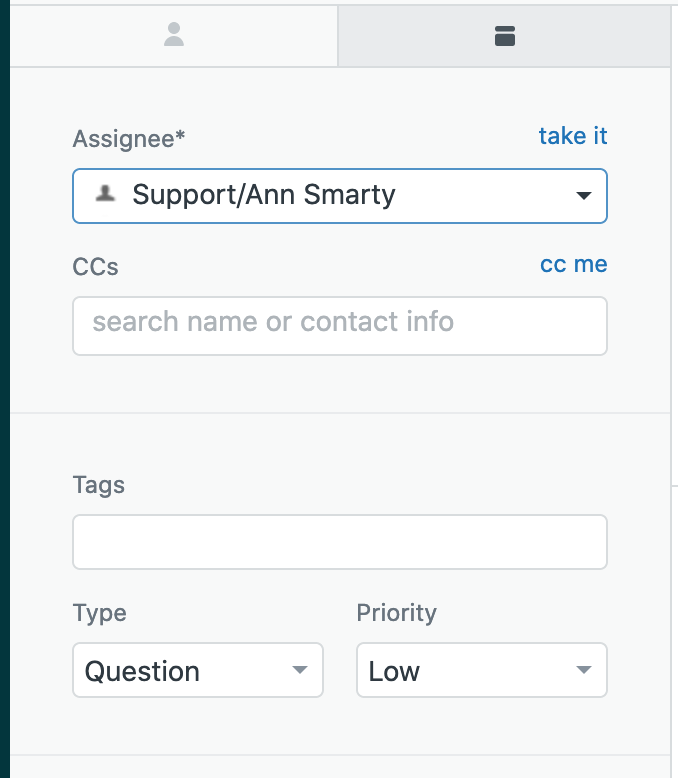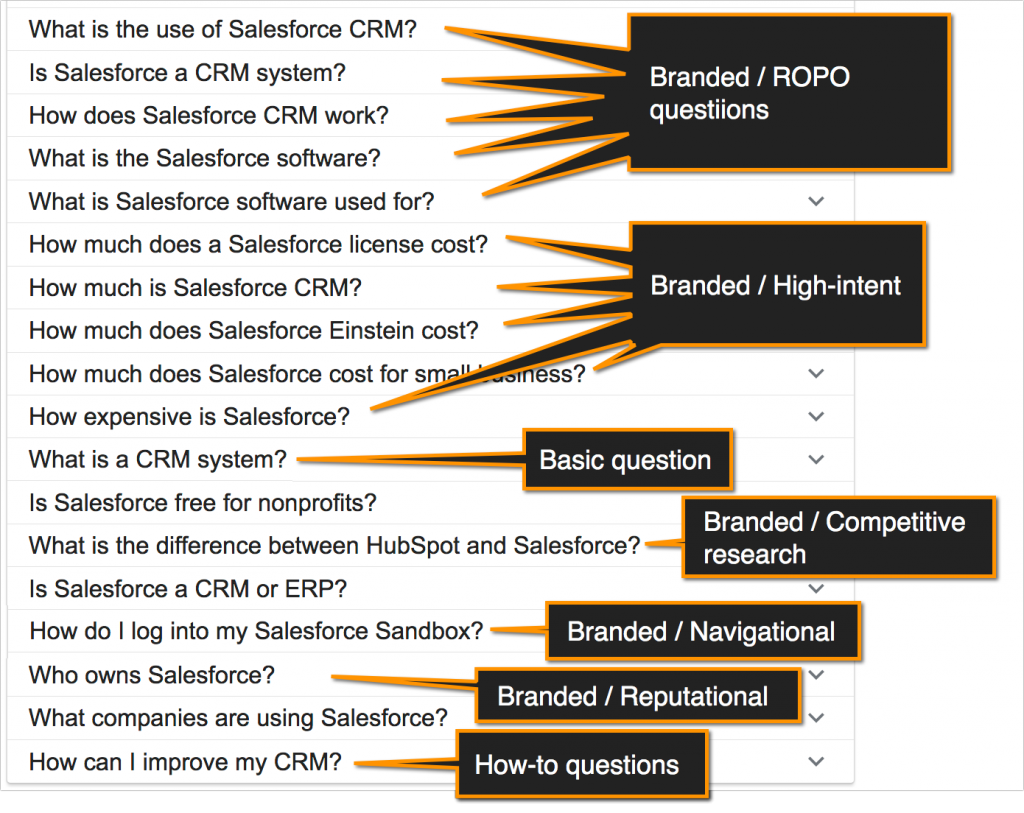Subscription growth hack (by PayKickstart)
Facebook Group - 3,932 members
Visit Group
Software as a Service (SaaS) is a unique business model that has been hitting its stride in the past decade. It is the past few years where its impressive force has really been seen.
In the eyes of the average brand, outreach and customer acquisition, particularly to newly launched products, may seem like the most important element of focus. But retention is ever more so and there is only one true way to ensure that: customer service.
American Express has been a leader in customer service, winning award after award in its neck in neck competition with Discover. They found that 68% of their customers surveyed said that their positive experience with a representative led them to having a positive customer experience.
The brand also discovered that customers would spend as much as 17% more on their card if they felt like they had been taken care of by the rep. Not only do we see brand promise, retention and positive customer experience reflected in that number, but profit generation. Having a solid customer support structure is critical for any brand.
You may think that the process is different because your SaaS has a differing business model to a credit card company. But the truth is that the same mode of providing customer support exists no matter what the type, size or scope of your brand may be. It is merely customized to appeal to your specific demographic.
If you are a newer or smaller business, it is even more necessary to put special care in your customer service strategy. Brand loyalty is a big draw for those companies that have been around for a long time. You don’t have that luxury so have to build from the bottom up to compete.
So, how do you structure the perfect customer support team for your SaaS? It starts with recognizing your resources.
One of the biggest mistakes I have seen startups in particular make is thinking they can just handle customer service issues themselves, or that a single worker can take it on. Sometimes they will even give the task to someone who has another position in their company.
You don’t want to start hiring people to handle customer service during a crisis or when you are getting overwhelmed. You need to invest early and that means spending some capital to do it.
Every good customer service structure has a flow to it that can be easily followed. For example, one set of customer service agents might handle social media or web based comments and complaints. Another might have a direct line for general phone based or VOIP customer service. Others should be dedicated to technical issues, to handle any snafus with the software itself.
From there, you need some senior staff, which could be you yourself and others who are able to handle more advanced issues that might come up. What happens if you have a major bug that will require technical updates on a mass scale? Have a plan in place and a channel for managing it.
How you are going to segment and organize your customer support flow depends on your business but look into your current customer support solution: There might be some tools built-in there.
Adopting Unified Communications as a Service (UCaaS) will help you enhance productivity and provides ways to interact across different communication channels.. For example, Zendesk allows to assign tags and priority to any customer support ticket to keep things better organized:

Gathering expertise together is always better than leaving others on their own. If you own an SaaS, there is a good chance your customer support reps are going to be working remotely. But even if they are in the same building, they need to be able to communicate effectively.
Have some kind of service, whether it is Slack or Teams or another option, so they can message one another in real time. Not only will they have the chance to get answers they might not know and help their coworkers faster, they will also be able to draw together and build their relationships as a team.
Using the right tools for an effective workflow is key here, for example:
Finally, ensure consistent look and feel of your team’s emails by using email signature software

The best customer support agents are only as good as the tools they are given to work with. A solid knowledge base where they can go for answers, processes and best practices is absolutely necessary, no matter what size your company may be.

You should be updating this knowledge base regularly, helping to give your reps and so your customers the best and most up to date information you can. Make sure you notify your teams every time you do an update and that you make it easy to search and use.
Paykickstart’s Surveying feature will help you collect more questions to cover in your knowledge base:

While building your knowledge graph, you will also start understanding your customers better. Use this knowledge to create email automation rules to decrease the number of customer support tickets and scale things better.
Your reps can’t improve their performance if they don’t know what arbitrary measurements you are using. You should make sure there is a strict list of criteria that monitors their stats as they go, day by day. Which means deciding what is important and what is less so.
A lot of pressure is put on agents to keep calls under a certain amount of time, which leads to customers being rushed and mistakes being made. The quality of the call is much more important and frees the agents to help as much as necessary to provide first call resolution.
You will find a lot about how customers are experiencing your support system through surveys. Use Paykickstart’s Surveying feature send out custom surveys based on your customers’ buying journey throughout your site. It should give you a blueprint to help refine your support structure as you go.
Further reading: 6 Ways to Measure Customer Success

If you don’t have customer support, you don’t have good business practices. Your SaaS should be retaining as many customers as possible and that means giving them the best experience you are able. Don’t cheap out on the support aspect and end up in hot water as you grow. Grow with the business, instead.
Do you have any tips for creating an excellent customer support structure for your SaaS? Let us know what worked for you.
Ann Smarty is the Brand Manager at Internet Marketing Ninjas, as well as co-founder of Viral Content Bee. Ann has been into Internet Marketing for over a decade, she is the former Editor-in-Chief of Search Engine Journal and contributor to prominent search and social blogs including Small Biz Trends and Mashable. Ann is also the frequent speaker at Pubcon and the host of a weekly Twitter chat #vcbuzz
Read More About Ann Smarty